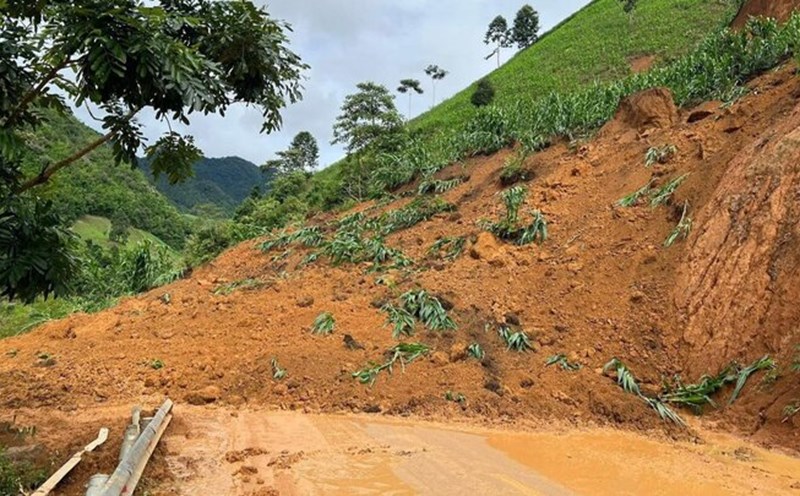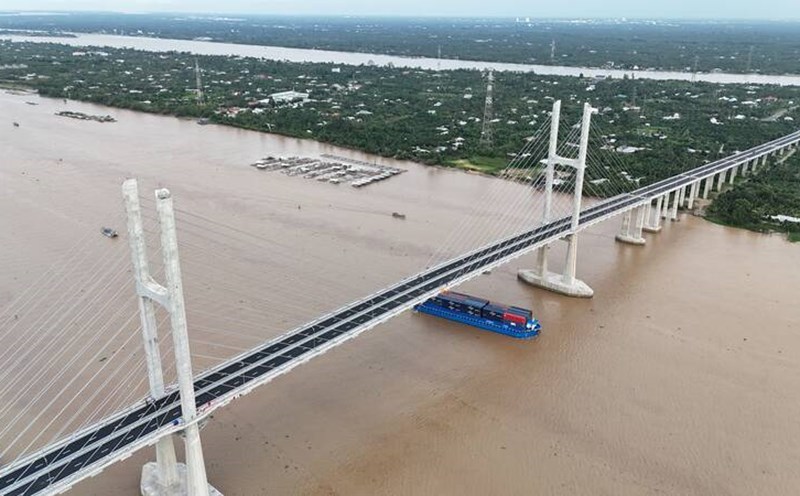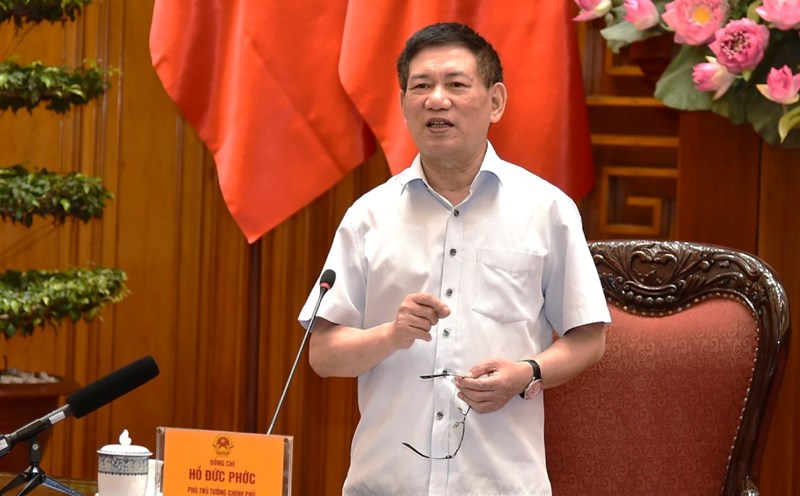According to the investigation of Lao Dong Newspaper, the Mong village reservoir project was decided by the Ministry of Agriculture and Rural Development (now the Ministry of Agriculture and Environment) in 2009.
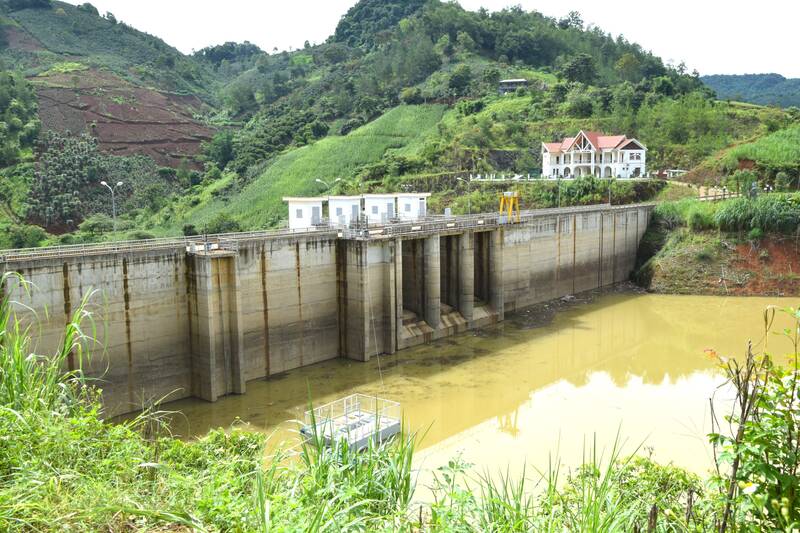
The project was invested in construction in Hua La commune (now Chieng Coi ward), Son La province. The total initial investment is over 395 billion VND. After many additions and adjustments to the design, the total investment of this project increased to over 730 billion VND.
The project is expected to be completed and put into use in 2013, with the goal of reducing floods and creating a source of irrigation water for about 225 hectares of rice and crops in the old Son La city.
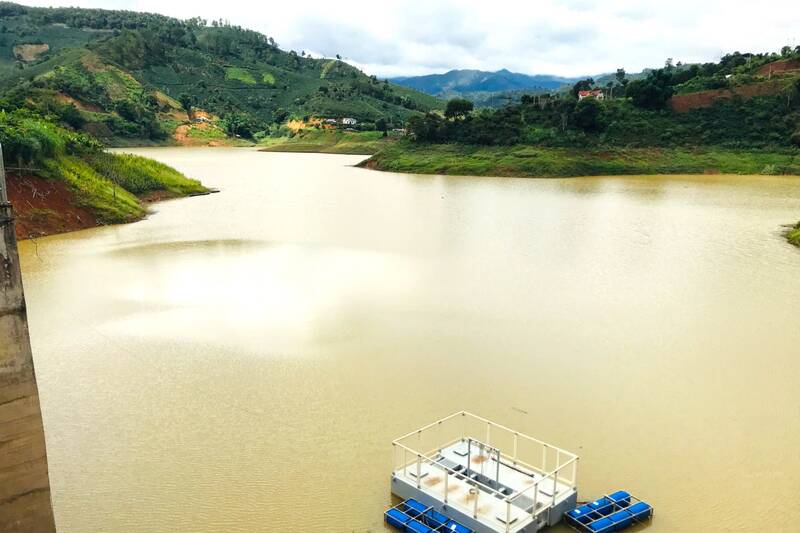
However, it was not until August 2022 that this project was completed and put into use. This is the largest artificial lake irrigation project in Son La today.
The lake system includes a main dam 50m higher, about 400m long, solidly built; flood discharge; drainage and other auxiliary items such as surveillance cameras, automatic rain gauge stations, digital data warehouses for safe and efficient operation...
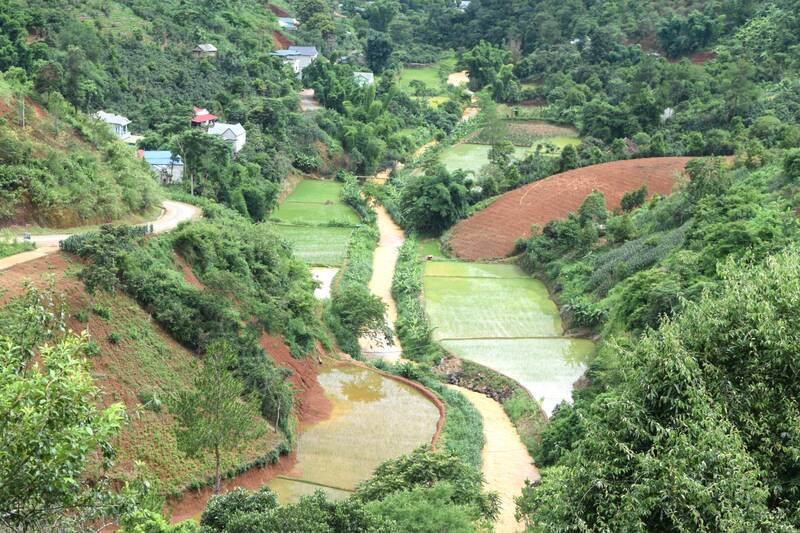
Since its operation, Ban Mong Lake has promoted its role in regulating floods and cutting floods significantly. The frequent flooding points in the downstream area have been basically overcome.
Mr. Lo Van Toan, Ne To village shared: "Previously, heavy rain was caused by flooding, making it difficult to travel. Now the house is solid, the concrete road is clean, there is electricity and water, and children can go to school conveniently".
In Chieng An ward, where there are many flower growing areas along Nam La stream, flooding has also decreased significantly.
Mr. Luong Van Chien, residing in Ai village, said: "Previously, the whole field was flooded, causing heavy damage. Now the water recedes quickly, the crops are less affected, and people are more confident in farming."
Mr. Nguyen Van Than - Chairman of Chieng Coi Ward People's Committee said that Ban Mong Lake is an important irrigation unit, with a flow rate of about 27,500 m3/day and night, and a capacity of nearly 10.2 million m3.
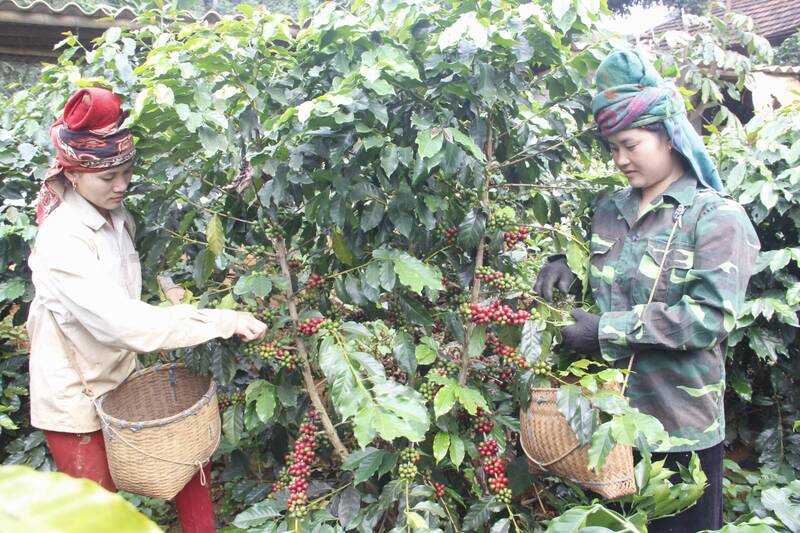
The self- phuzzled irrigation lake stably flows for more than 260 hectares of agricultural land along Nam La stream and creates additional water for a total of 947 hectares of cultivated land in neighboring communes.
"The exploitation of Mong Lake has helped farmers in the downstream area proactively source irrigation water, especially in the dry season. Thanks to stable irrigation water, crops grow well, and productivity increases significantly" - Mr. Than said.
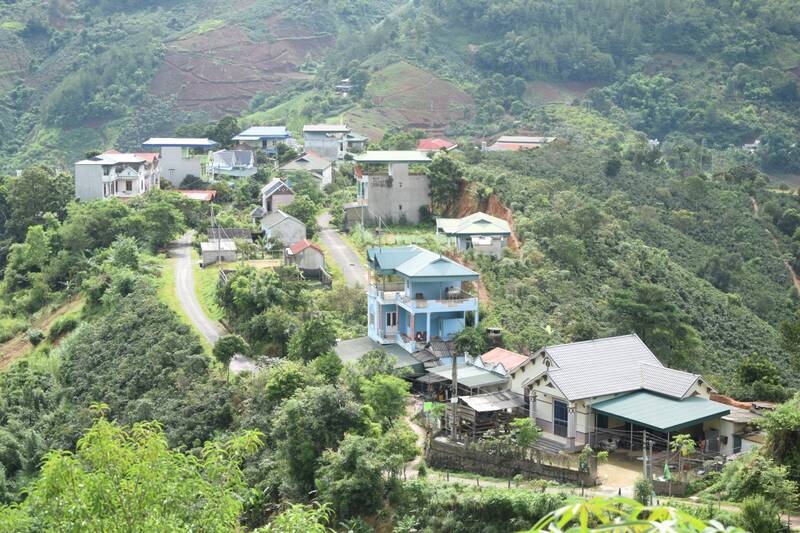
According to Mr. Than, nearly 30 households in Ne To village are subject to land acquisition and site clearance to implement the project, and have now been arranged to a new resettlement area with complete infrastructure.
"Currently, people's lives are stable, their houses are solid, and their daily activities are more convenient than in their old homes," said Mr. Than.


